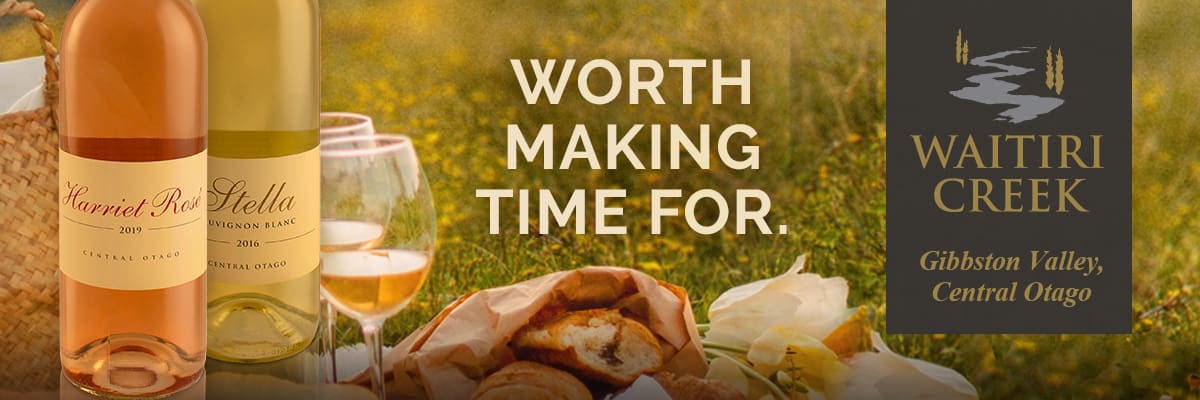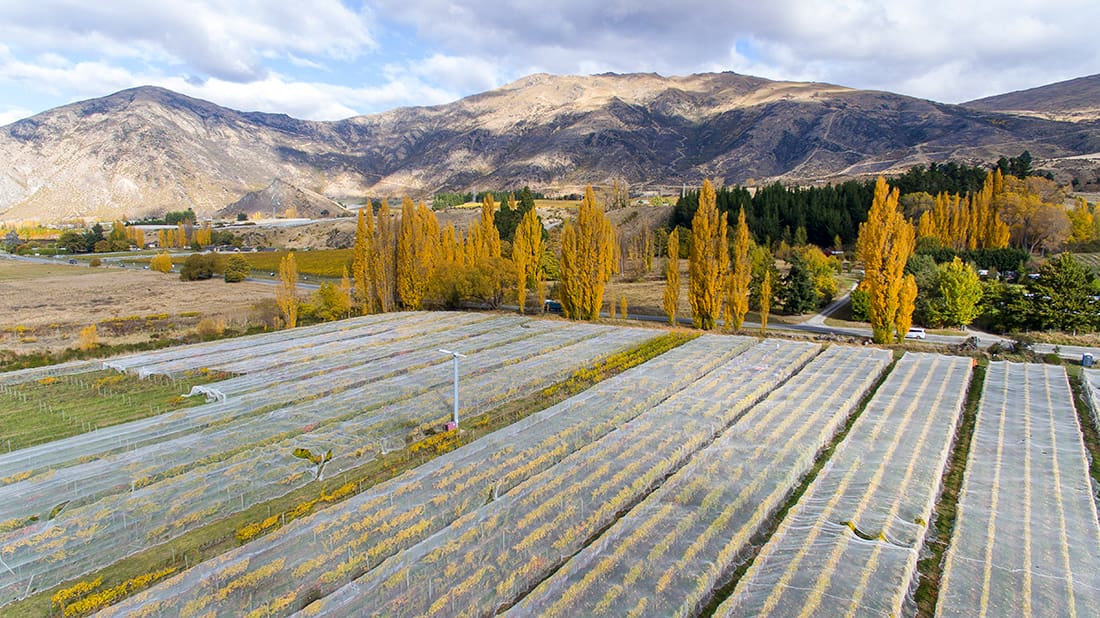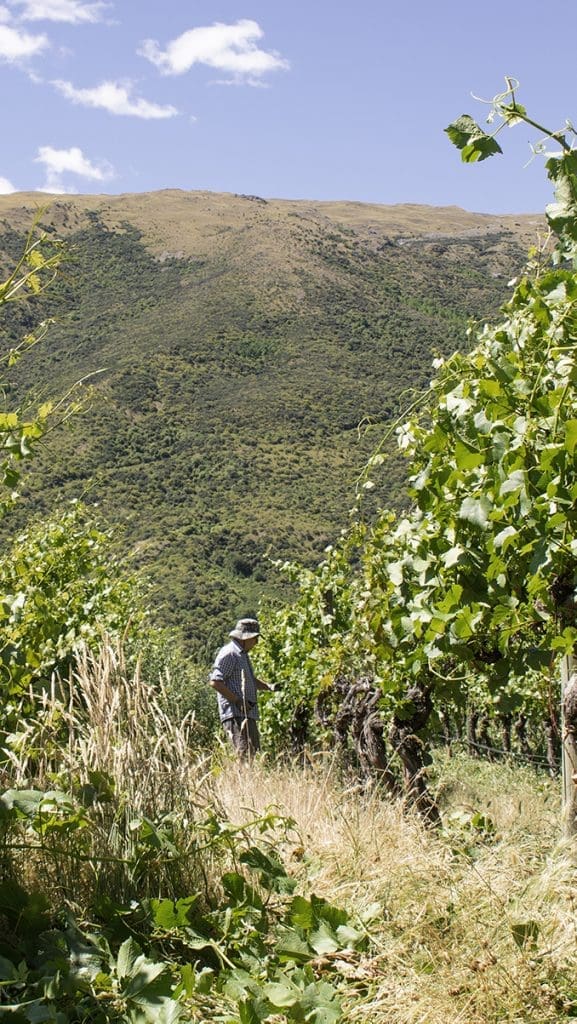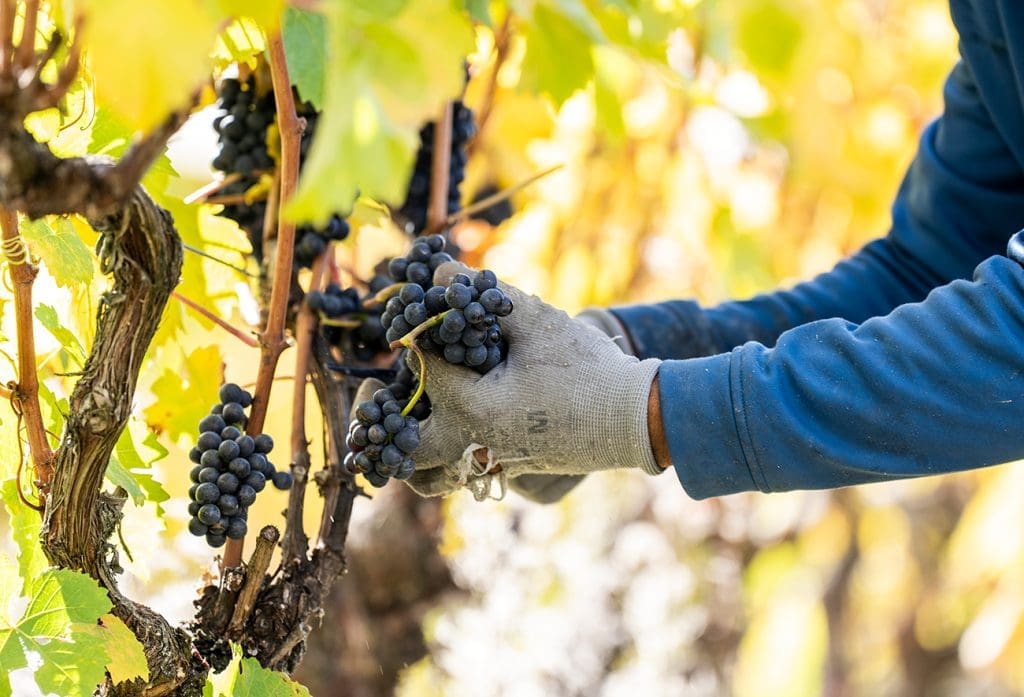Behind the Scenes of a Winemaker
Most people who enjoy kicking back with a glass of pinot on the deck on a sunny afternoon with good company and tasty snacks on hand will rarely wonder what it took to make that beautiful bottle of wine. While a few may have some idea of the technical processes, not many will realise there are also a lot of frustrations too.
At Waitiri Creek up in the Otago high country, they have a lot of issues unique to the region they have to push through in order to make that gorgeous pinot you are enjoying so serenely right now. Yes, they are annoying and frustrating to deal with but, because the final product is so good, they are happy to battle on through to the finish line. Here’s a few of the unseen issues winemakers like Waitiri Creek have to deal with in order to make their wine:
Combating the cold
For a start, there is the constant battle with the weather which can take different forms in different parts of the country. In Waitiri’s case, their major enemy is frost as they are in the Gibbston Valley which is situated east of Queenstown along the spectacular Kawarau Gorge. This is at the highest elevation of the five sub-regions of Central Otago and its cooler climate and north facing vines mean grapes there ripen later than in other sub regions. But growing and ripening grapes at around 350 metres above sea level means that they are very susceptible to that silent killer: frost! So during spring, while most people are tucked up in their warm beds, the Waitiri Creek vineyard team are out there battling the cold – stopping it from attacking or seriously damaging their vines. The coldest frost in Otago so far this spring was -3.4 degrees and the frost risk will continue until late December. On the coldest nights this intrepid vineyard team are out all night using their frost fan. This helps create air movement to stop the cold settling in over the vineyard and damaging the tender buds.
Unwanted visitors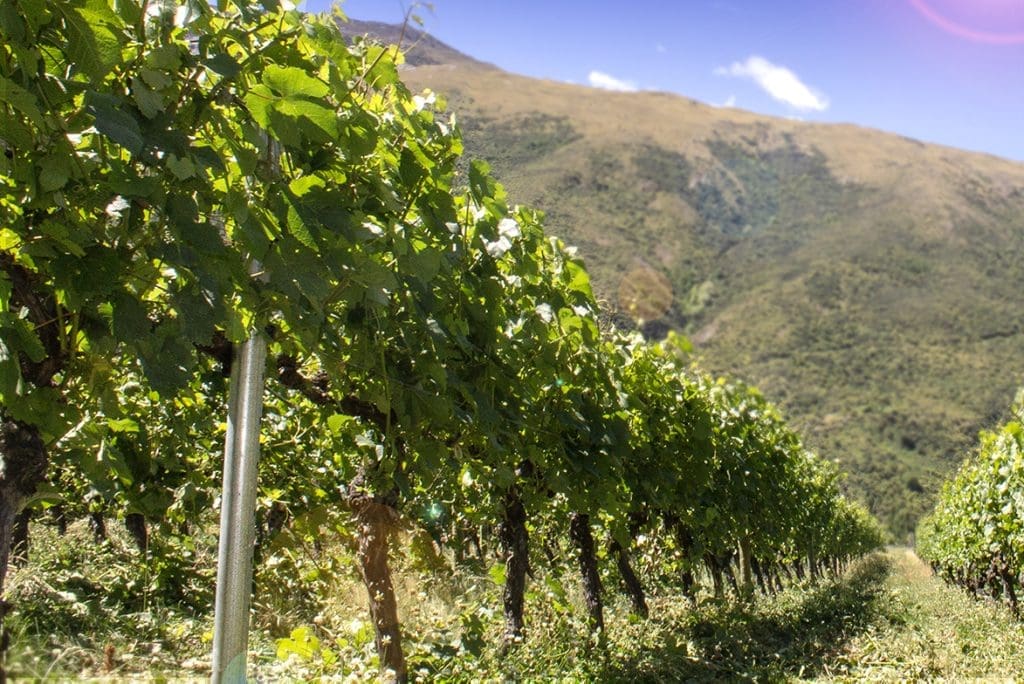 Frosts are no friend of Otago winemakers but probably even worse are wild rabbits. They’ve wreaked havoc across the whole region in recent years, stripping the land of native bush and even chewing through wooden fence posts! All this causes massive erosion and creates hidden dangers like their burrow holes. It also significantly damages the local ecosystem by destroying the fine balance between native flora and fauna. Once upon a time the regional councils had squads of eradicators who took the fight back to these destructive pests but unfortunately, they are no more. This means that all the cost and responsibility of dealing with all the rabbits falls solely on the shoulders of winemakers like Waitiri Creek. They spent over $10,000 this year alone to try and manage the rabbit problem by replacing their wooden fence posts with metal ones, hiring licensed shooters and using specially trained ferrets.
Frosts are no friend of Otago winemakers but probably even worse are wild rabbits. They’ve wreaked havoc across the whole region in recent years, stripping the land of native bush and even chewing through wooden fence posts! All this causes massive erosion and creates hidden dangers like their burrow holes. It also significantly damages the local ecosystem by destroying the fine balance between native flora and fauna. Once upon a time the regional councils had squads of eradicators who took the fight back to these destructive pests but unfortunately, they are no more. This means that all the cost and responsibility of dealing with all the rabbits falls solely on the shoulders of winemakers like Waitiri Creek. They spent over $10,000 this year alone to try and manage the rabbit problem by replacing their wooden fence posts with metal ones, hiring licensed shooters and using specially trained ferrets.
Then there’s been Covid – not that Waitiri were alone in dealing with that of course! But all those border closures have made it tough for wineries to get the seasonal migrant workers back for all the pruning and picking duties. It was particularly tough for Waitiri Creek as they don’t use machines; everything there is done by hand. But with everyone pitching in, they got all the vine pruning completed on time. Now their focus is on getting all the new vine growth trained behind the wire trellis. This will ensure the sunlight gets through to help develop the canopy to optimal growth.
As you can see, there’s a lot more to making wine than you might have thought. But though it may be hard work, it all definitely makes you appreciate the final product when you finally get there even more. So, the next time you open a bottle of Waitiri Creek, just put your feet up and enjoy your wine the way it is supposed to be enjoyed – on the deck in the sunshine, with friends and a cheeseboard beside you. And leave all those icy nights on the frost fan and backbreaking days with the pruning shears to the winemakers – because they’re doing all that so you don’t have to!

